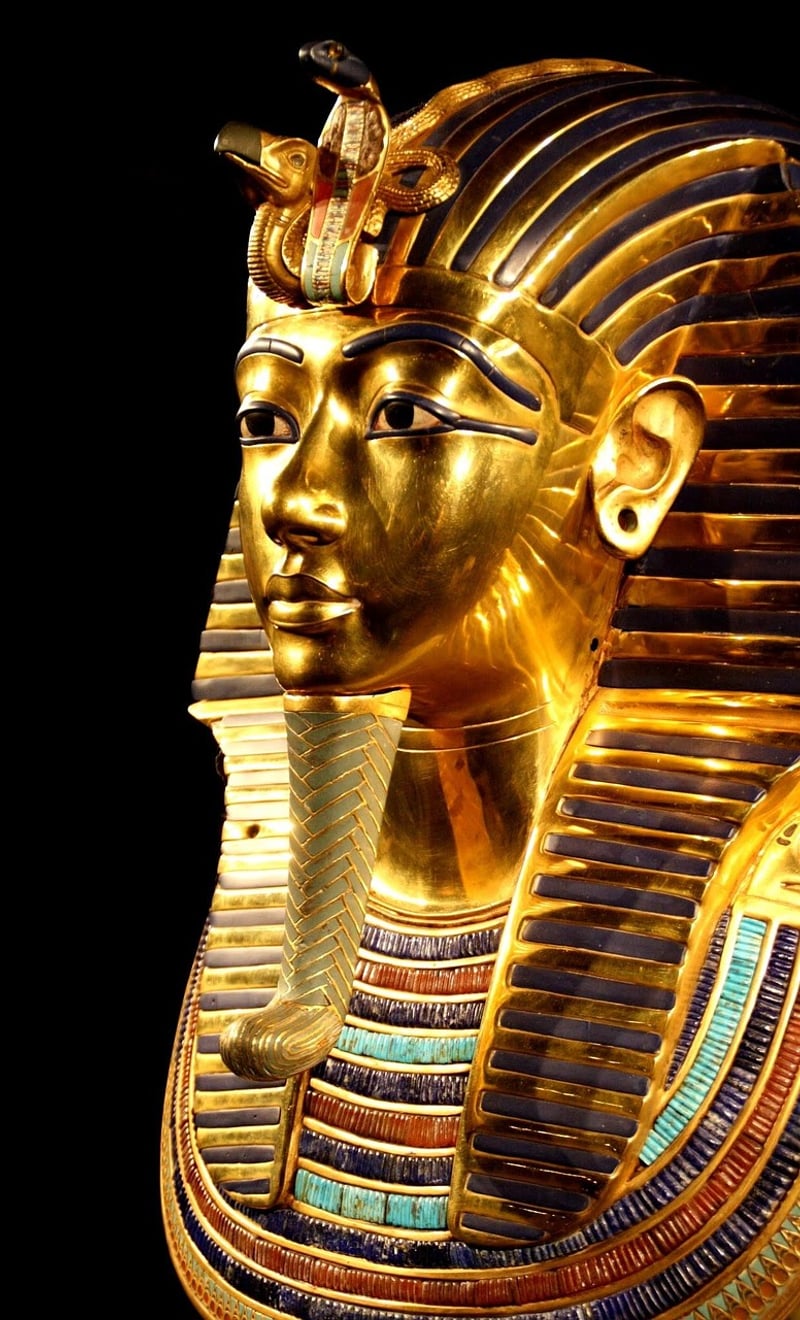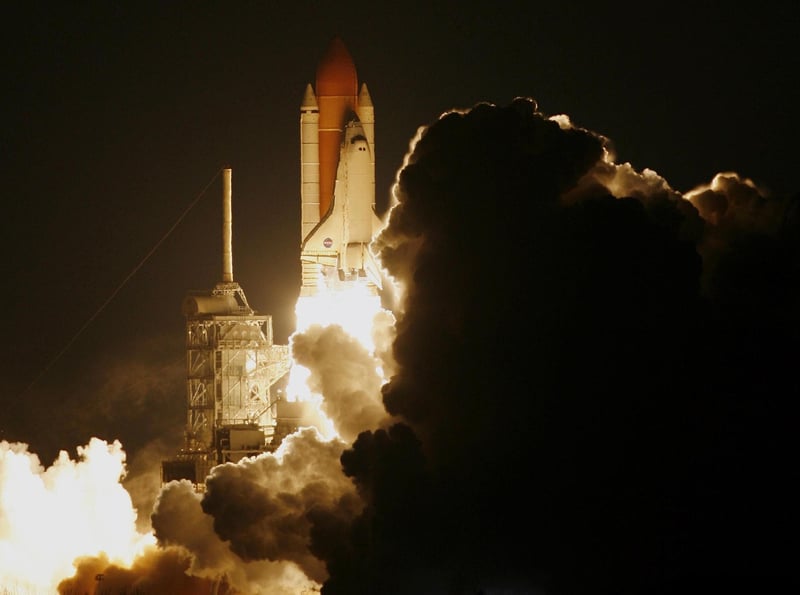Future Exploration
Exploring Different Eras and Future Exploration

Prehistoric Era
The prehistoric era, also known as the Stone Age, dates back to over 3 million years ago. During this time, early humans lived as hunter-gatherers, using simple tools made of stone, bone, and wood. Cave paintings provide insights into their lives and beliefs.

Ancient Civilizations
Ancient civilizations like Egypt, Mesopotamia, Greece, and Rome flourished thousands of years ago, contributing to art, architecture, philosophy, and governance. The pyramids of Giza, the Parthenon, and the Colosseum are iconic remnants of this era.

Medieval Era
The medieval era spanned from the 5th to the 15th century, characterized by feudalism, castles, knights, and the rise of universities. It was a time of chivalry, crusades, and significant advancements in architecture and literature.

Industrial Revolution
The Industrial Revolution, starting in the 18th century, marked a shift from agrarian societies to industrialized nations. Inventions like the steam engine revolutionized transportation and manufacturing, leading to urbanization and social changes.

Future Exploration
Looking ahead, future exploration holds exciting possibilities. From space exploration to advancements in technology, humanity continues to push boundaries. Colonizing other planets, harnessing renewable energy, and artificial intelligence are just a few avenues for future exploration.
Each era in history has its unique characteristics and contributions to society. By understanding our past, we can better navigate the challenges and opportunities that lie ahead in the future.
